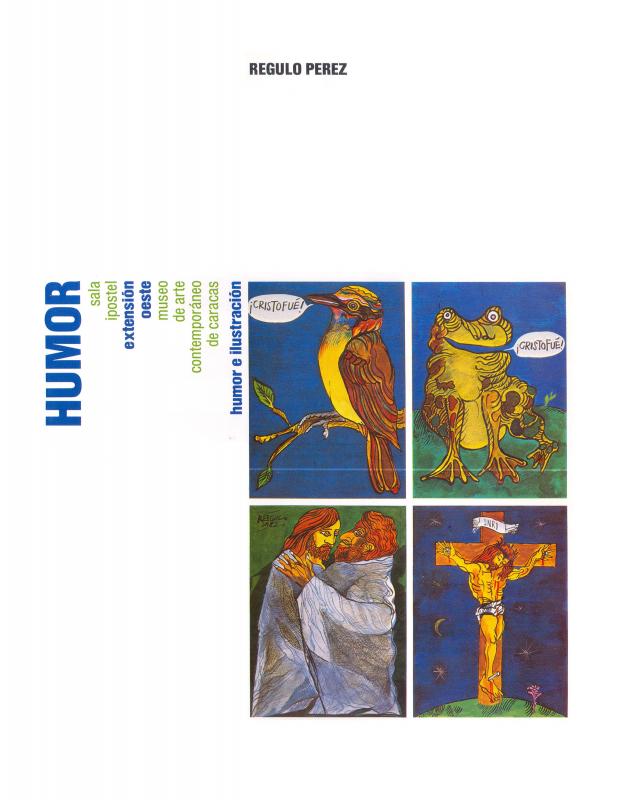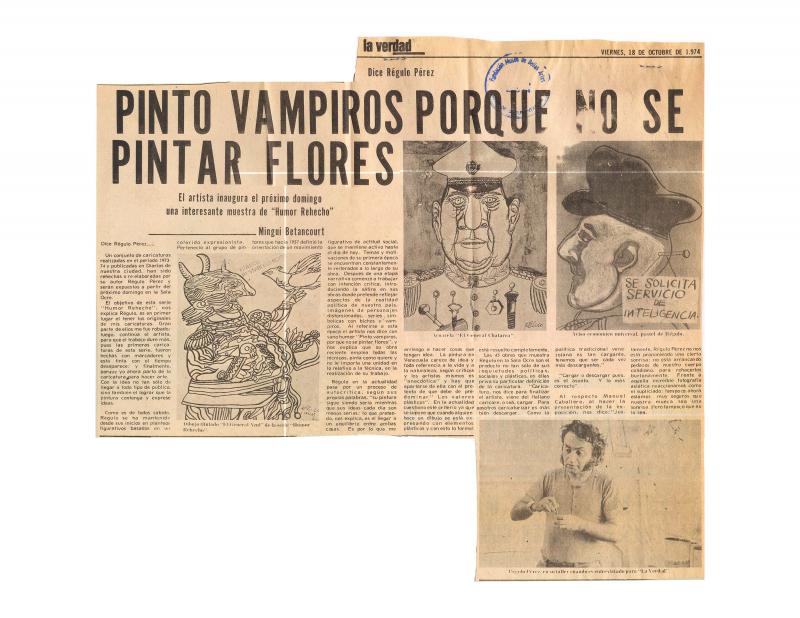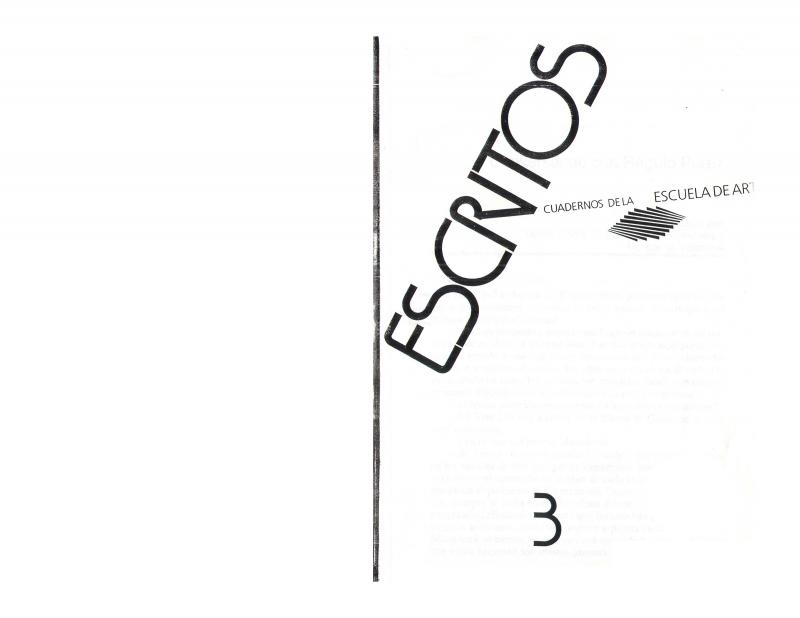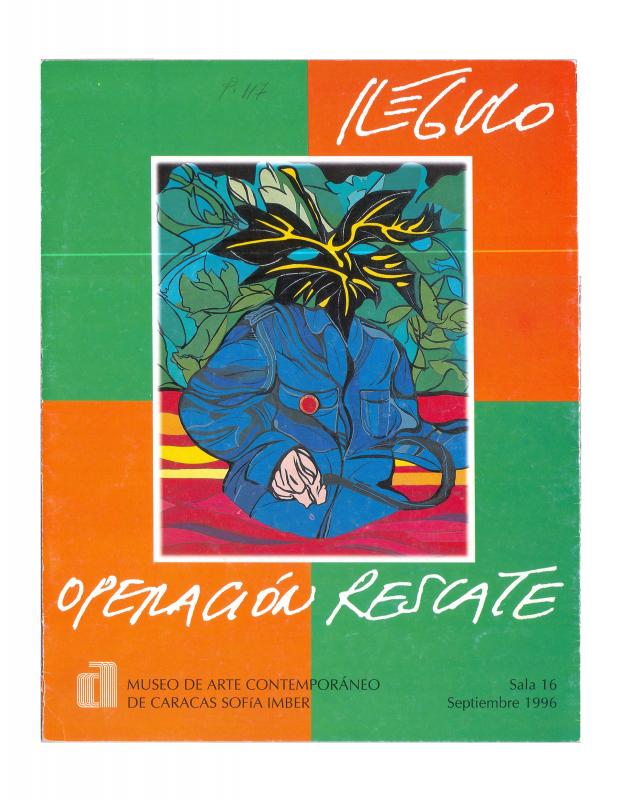For the exhibition of work by Régulo Pérez, Flora y fauna del Orinoco [Flora and Fauna of the Orinoco] (1982), held at the Galería Acquavella of Caracas, Bélgica Rodríguez (b. 1941) analyzes his work from the perspective of the Venezuelan artist’s novel and avant-garde artistic ideas. The author stresses his discursive consistency, which was always framed by how he advanced the trends of his era. She discusses the new pictorial trend known as the “nuevos salvajes” [new savages], characterized by a Neoexpressionism of images recognizable for their crude forms; which emerged from the juxtaposition of Minimalism and Conceptual art in Germany at the end of the 1970s and the start of the 1980s, and which includes Régulo’s work. Another interesting aspect of the article is the differentiation that Rodríguez establishes between Régulo the draftsmen and Régulo the painter, because, in addition to explaining what distinguishes the two, these are circumscribed by the conceptual interests of the artist. For instance, in describing Régulo the draftsmen, the author states that the strength of his line possesses a “relación crítica con la realidad social” [critical relationship with the social reality] while the use of color in his work is related to its “realidad aparentemente poética” [poetic reality].
Another interesting aspect of the text is Rodríguez’s mention of the Venezuelan artist’s participation in the 1982 Exposición Documenta VII, information which at that time had not yet been included in the artist’s chronology. [For the critical essay on Pérez within the exhibition catalogue, see the ICAA digital archive: “Naturaleza y cultura” [Nature and Culture], 1981 (doc. no. 1154268)].
There is also the essay by Roberto Guevara, “Régulo y la cultura visual” [Régulo and Visual Culture] (doc. no. 1157759); the text by Víctor Guédez, “La protesta vehemente y el sentimiento lírico en Régulo Pérez” [Vehement Protest and Lyrical Emotion in Régulo Pérez] (doc. no. 1154204); and the text by Rafael Pineda, “Régulo y el eje Orinoco–Pintura” [Régulo and the Orinoco Axis–Painting] (doc. no. 1154220).
[With respect to the work of Régulo Pérez, see the ICAA digital archive: the text by Carlos Yusti, Régulo Pérez o la multiple actividad creadora” [Régulo Pérez and Multiple Creative Activity] (doc. no. 1154156); the analysis of Jesús Sanoja Hernández, “Prólogo serio para el más serio de nuestros humoristas” [Earnest Prologue for the Most Earnest of Our Humorists] (doc. no. 1154188); the text by Mingui Betancourt, “Pinto vampiros porque no sé pintar flores” [I Paint Vampires Because I Do Not Know How to Paint Flowers] (doc. no. 1157808); Berna Parra’s interview, “Conversando con Régulo Pérez: Entrevistado por Berna Parra, María Eugenia Sánchez and Margarita Villarroel” [Talking with Régulo Pérez: Interviewed by Berna Parra, María Eugenia Sánchez, and Margarita Villarroel] (doc. no. 1154236); and the partial chronology by Ivetta Villareal, “La salvación por la imagen” [Salvation by Image] (doc. no. 1154300).









